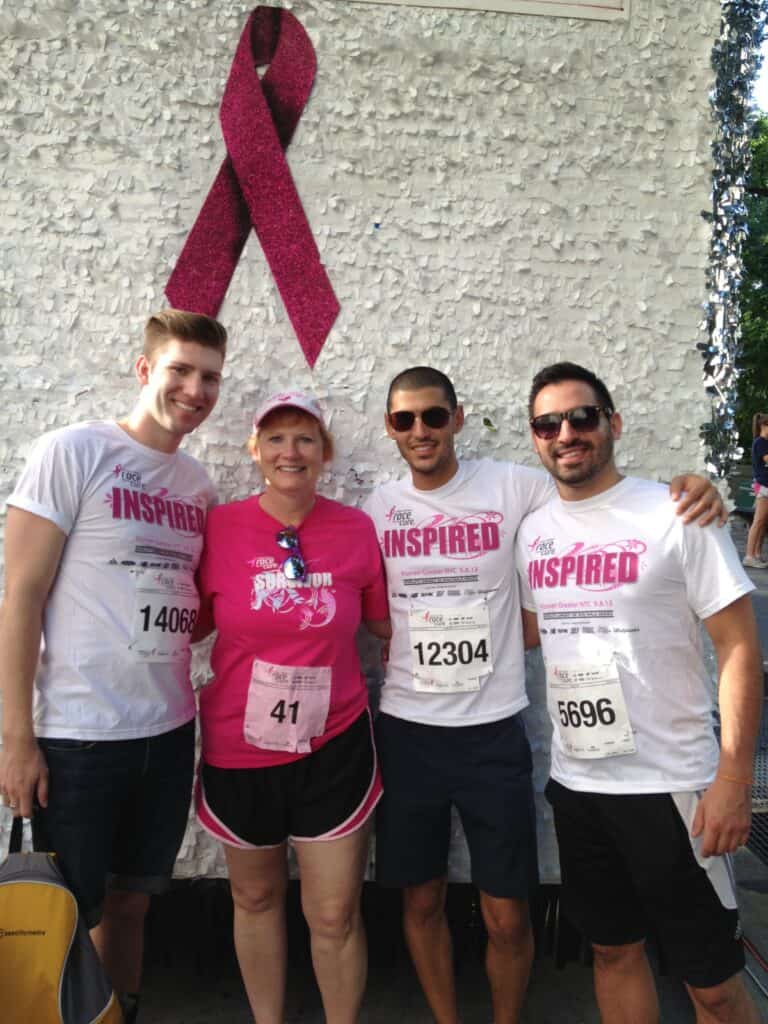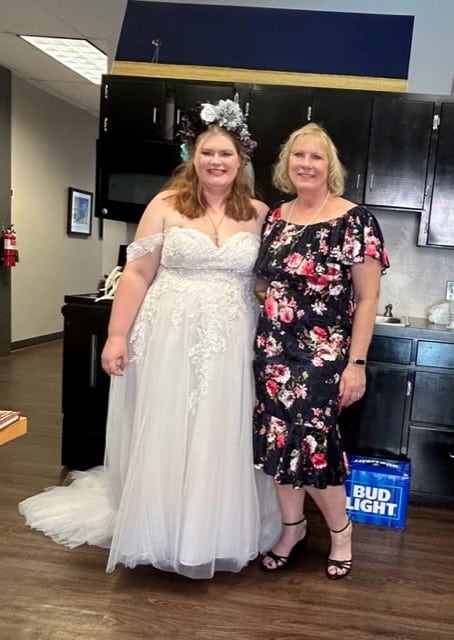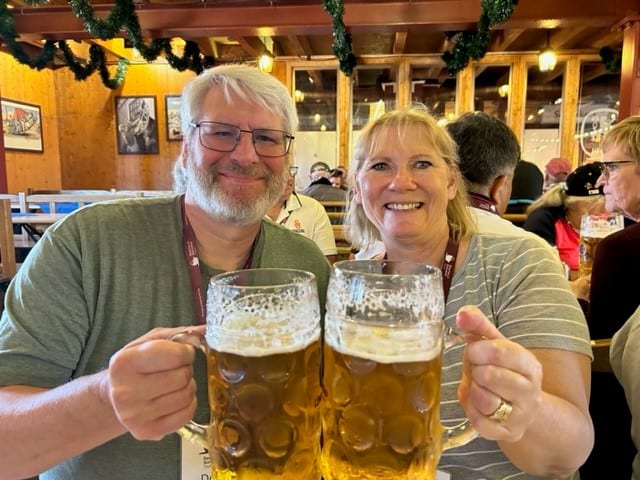
Leading up to Renee Young’s breast cancer diagnosis at age 49, nothing seemed amiss. She went to her yearly mammogram with no qualms that anything was wrong. But when she was called back in for a follow-up mammogram, she felt something in her gut. “I’d been called back in before, but this time, I really felt it was going to be something,” Renee said.
In October 2010, a biopsy confirmed Renee had stage 2 breast cancer. “It was surreal to learn I had breast cancer. I really felt perfectly fine. It was a strange place to be,” Renee said. Because the breast cancer was in an early stage, the plan was for Renee to have a lumpectomy followed by radiation. But results from the lumpectomy showed the margins weren’t clear, so she went in for a second lumpectomy.
Complications During Treatment
The margins were still not clear after the second lumpectomy, so Renee’s team started her on chemotherapy, which lasted from December to May. “That April, I started having problems with breathing. I was out of breath, and I felt horrible, I could tell something was wrong with my heart,” Renee said. She’d previously had a heart valve that leaked mildly. Now, it was leaking moderately, and another value had started to leak, as well. Her doctors were able to regulate her heartbeat and her heart valves, while still leaking, are stable.
Once her heart issues were resolved, Renee prepared for a bilateral mastectomy, with muscles and fat from her stomach used for her breast reconstruction. “My body is really sensitive to foreign substances. I had some problems with my port placement, because of that, I decided this was a better option than implants,” she explained.
Breast Reconstruction
Renee started reconstruction in November, but a month later, she developed a MRSA infection. She was on a wound vac for four months while the wound healed. “With abdominal surgery, you really can’t do anything. You’re not even supposed to lie flat in a bed,” Renee said. “I was supposed to sit and rest, sleep in a recliner. The wound vac was constant, I had home health coming in.”
It took a year, but Renee was finally able to go through reconstruction in November 2012. The surgeon did fat grafting and was able to fix the wound scarring so it’s not so visible. “With the type of reconstruction I had, they told me I wouldn’t be able to do sit ups anymore, which I was fine with, but what they didn’t tell me was how hard it would be to roll over,” she said. “It took me a long time to be able to just simply roll over again. Your core completely changes. I had to work on building up those muscles again.”
While many people go through reconstruction without any issues, it’s not that way for everyone. “It was sometime before I could start to work out again,” Renee said. “I ended up forming a support group online for those of us having issues with reconstruction, and it really helped to be able to communicate with other women going through these types of issues.”
Breast Cancer Survivor
Today, Renee is now a part of her breast institute’s survivor clinic. “It feels good, but it feels really weird. For so long you’re consumed with doctor appointments and visits and treatment, but then you come out on the other side.”


Statements and opinions expressed are those of the individual and do not express the views or opinions of Susan G. Komen. This information is being provided for educational purposes only and is not to be construed as medical advice. Persons with breast cancer should consult their healthcare provider with specific questions or concerns about their treatment.



